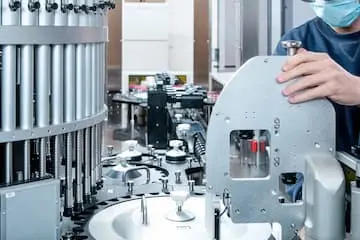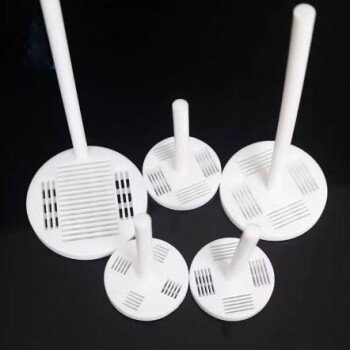Lab pellet dies is a device used in laboratories to press different types of sample materials, including rubbers, polymers, and composites. The sample materials are compressed to prepare them for various tests, such as tensile strength, elongation tests, and Mooney viscosity. Lab press mold is cost-effective and requires minimal material loss during the molding process. It is preferred by scientists and researchers due to its precision and ability to provide reliable and consistent results. Lab press molds are used in several industries and material categories, including pharmaceuticals, laminating, rubber and plastic molding, and R&D tests.
Toggle Categories
Get Instant Support
Choose your preferred way to connect with our team
-
Get Free Quote Fill out form for detailed pricing
-
Send Email Detailed inquiry support
-
WhatsApp Quick mobile chat
Response Time
Within 8 hours on working days, 24 hours on holidays
pellet dies

Cylindrical Lab Electric Heating Press Mold for Laboratory Applications
Item Number : PMH

Infrared Heating Quantitative Flat Plate Press Mold
Item Number : PMHD

Double Plate Heating Press Mold for Lab
Item Number : PMD
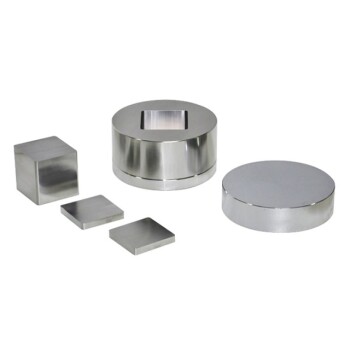
Square Lab Press Mold for Laboratory Applications
Item Number : PMS
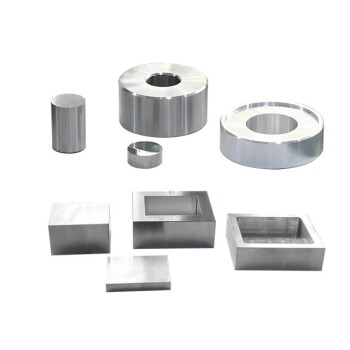
Special Heat Press Mold for Lab Use
Item Number : PCHF

Assemble Lab Cylindrical Press Mold
Item Number : PMAC

Assemble Square Lab Press Mold for Laboratory Applications
Item Number : PMAS
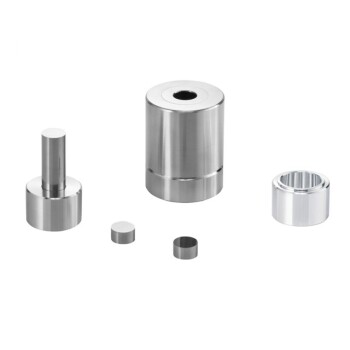
Carbide Lab Press Mold for Laboratory Applications
Item Number : PMW
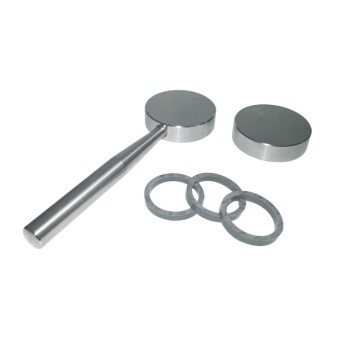
XRF & KBR plastic ring lab Powder Pellet Pressing Mold for FTIR
Item Number : PMXP
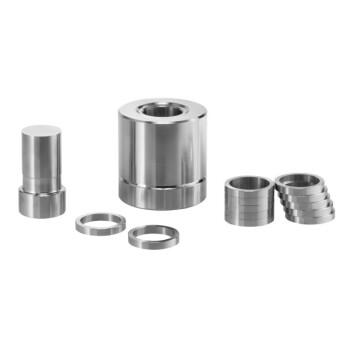
XRF & KBR steel ring lab Powder Pellet Pressing Mold for FTIR
Item Number : PMXS

XRF Boric Acid Lab Powder Pellet Pressing Mold for Laboratory Use
Item Number : PMXB

Special Shape Press Mold for Lab
Item Number : PMT
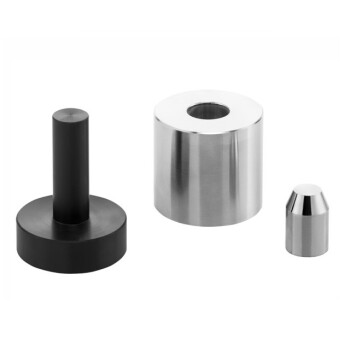
Button Battery Tablet Press Sealing Mold for Lab Use
Item Number : PMN
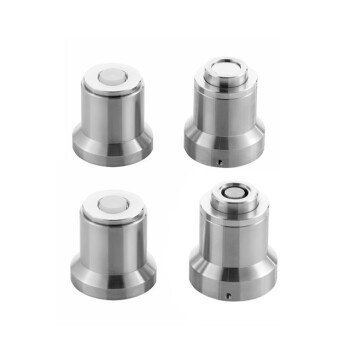
Button Battery Disassembly and Sealing Mold for Lab Use
Item Number : PCKM
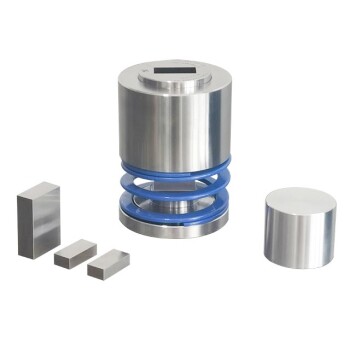
Square Bidirectional Pressure Mold for Lab Use
Item Number : PMS-F
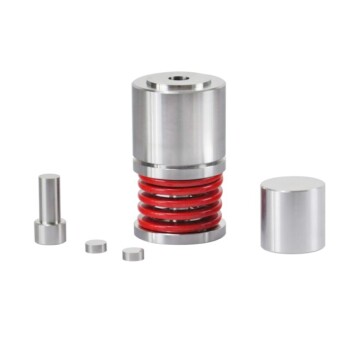
Round Bidirectional Press Mold for Lab
Item Number : PMSY

Cylindrical Press Mold with Scale for Lab
Item Number : PCMC

Anti-Cracking Press Mold for Lab Use
Item Number : PML
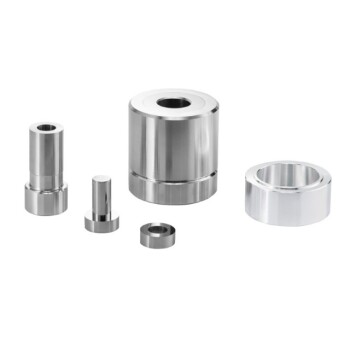
Ring Press Mold for Lab Applications
Item Number : PMO
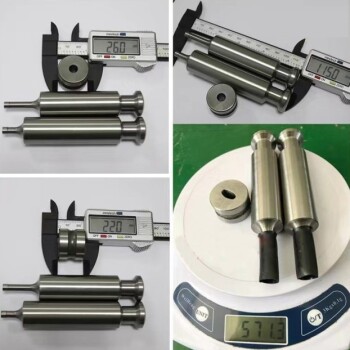
Multi-Punch Rotary Tablet Press Mold Ring for Rotating Oval and Square Molds
Item Number : TPM-06
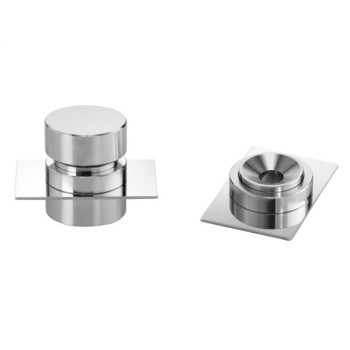
No Demolding Lab Infrared Press Mold for Laboratory Applications
Item Number : PMI
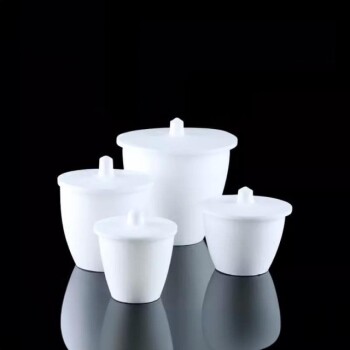
Custom Machined and Molded PTFE Teflon Parts Manufacturer with PTFE Crucible and Lid
Item Number : PTFE-29
Our extensive range of laboratory platen pellet dies can be used for R&D, quality tests, and short runs in various industries, including pharmaceuticals, laminating, and rubber and plastic molding. Our lab presses are designed for precision, durability, and consistency, providing long-lasting results for your research.
Applications of Lab Pellet Dies
- Preparation of samples for R&D and quality tests in various industries, including pharmaceuticals, laminating, rubber and plastic molding.
- Testing and compacting materials such as rubber, plastics, composites, ceramics, wood, and thermoplastic resins.
- Laminating and pharmaceutical applications.
- Short production runs and lean manufacturing applications.
- Research and educational purposes in universities.
Advantages of Lab Pellet Dies
- Consistent and Accurate Pellet Production
- Customizable Die Shapes
- Wide Range of Pressure Options
- Suitable for Various Applications such as Pharmaceutical Development, Spectroscopy, and Bomb Calorimetry
- Ideal for Creating Compressed Pellets from Powdered Materials
- Can be Used for Creating Complex Ceramic Parts with High Quality
- Offers Higher Packing Uniformity than Uniaxial Pressing
- Easy to Automate with Dry-Bag Isopressing
- Reduces Maintenance with Longer O-Ring Life
- Requires Less Bench Space
- Easy to Move between Labs
- Easy to Operate
- Provides Faster Loading and Unloading
- Suitable for Pressing Irregular Shapes such as Donuts or Shapes with Changing Dimensions Along Its Length
- Ideal for Pressing Long and Thin Items with High Stability and Uniformity.
Lab Pellet Dies is a crucial tool for preparing samples for R&D and quality tests. Our Lab Press Mold is a highly cost-effective solution that provides a complete customisation service, ensuring that your specific requirements are met. Our extensive product line offers standard solutions that fit your needs, and we also provide custom designs for more unique applications.
FAQ
What Is A Press Mold?
What Is Press Mould In Ceramics?
How Are Pellet Molds Used?
What Types Of Materials Can Be Pelletized Using Pellet Molds?
How Can One Select The Appropriate Pellet Mold For Their Specific Application?
REQUEST A QUOTE
Our professional team will reply to you within one business day. Please feel free to contact us!
Related Articles
The Architecture of Control: Mastering the Super-Sealed Electrolytic Cell
Precision in electrochemistry isn't just about theory; it's about mechanical discipline. Learn the critical protocols for super-sealed electrolytic cells.

The Architecture of Control: Why Thermal Stability Defines Electrochemical Precision
Master electrochemical accuracy by understanding the interplay between three-electrode systems and thermal regulation. Eliminate variables to ensure reproducibility.

The Quiet Architecture of Clarity: Preserving Side-Window Optical Cells
Learn the precise protocols for storing optical electrolytic cells. Prevent thermal degradation, chemical etching, and data drift with expert maintenance strategies.

The Silence of the Seal: Why Electrochemical Precision is a Battle Against the Atmosphere
Precision in electrochemistry isn't just about voltage; it's about isolation. Discover how super-sealed cells defeat contamination and define reproducibility.

Why Your Lab Press Fails: It's Not the Tonnage, It's the Steel
Discover the hidden reason your hydraulic press gives inconsistent results. Learn why the choice of steel is more critical than tonnage for safety and accuracy.

The Architecture of Control: Why Thermal Stability Defines Electrolysis Success
Discover how double-layer water-bath electrolytic cells eliminate thermal variables, ensuring accuracy and reproducibility in electrochemical research.

Why Your Lab Pellets Crack: The Hidden Physics of a Perfect Press
Stop blaming your powder. Discover the real reason your lab pellets fail and how a precision hydraulic press solves inconsistent sample prep for good.

Why Your Lab's Hydraulic Press Keeps Failing (It’s Not What You Think)
Discover the three 'silent killers' of lab hydraulic presses, like off-center loading and fluid contamination, and how to prevent costly failures.

Why Your Sample Prep Fails: The Hidden Flaw in Your Hydraulic Press
Frustrated with cracked pellets and inconsistent lab press results? Discover the hidden material flaw in your equipment and how to fix it for good.

Why Your High-Temperature Furnace Elements Keep Failing (And How to Stop It)
Discover the hidden causes of MoSi2 heating element failure, like pesting and chemical attack, and learn how to achieve reliable, repeatable results.

Why Your High-Temperature Furnace Elements Fail: The Critical Difference in Silicon Carbide
Furnace downtime from failing SiC heating elements costs time and money. Discover the critical material difference that ensures reliability in extreme applications.

Your Hydraulic Press Is Hot. Here’s Why It’s a Bigger Problem Than You Think.
Is your lab's hydraulic press overheating? Learn why this is a critical sign of wasted energy and impending failure, and how to fix it permanently.

How to Choose Crucible Materials That Prevent Chemical Degradation in Vacuum Induction Melting
Learn how to choose crucible materials for vacuum induction melting to prevent chemical degradation and optimize alloy purity. Essential guide for industrial applications.

Polytetrafluoroethylene (PTFE): How low friction coefficient promotes industrial progress
Explore the unique advantages of polytetrafluoroethylene (PTFE)'s low coefficient of friction and analyze how it promotes progress and innovation in industrial technology in terms of reducing wear and improving equipment efficiency.

Performance and application of polytetrafluoroethylene (PTFE) in high temperature environment

PTFE seals: the invisible guardian of industrial leakage prevention
PTFE Seals are used to prevent liquid or gas leakage and are widely used in valves, pumps, and piping systems.

PTFE's high temperature and corrosion resistance: Why it is indispensable in industry
The unique advantages of polytetrafluoroethylene (PTFE) in high temperature and corrosion resistance analyze why it has become an indispensable material in industry, especially in applications in harsh environments.

Innovative Application of PTFE in Mechanical Seals
PTFE has become one of the core materials in the field of mechanical seals due to its unique chemical stability, low friction coefficient (0.04-0.15), wide temperature range (-268°C to +315°C) and excellent corrosion resistance (pH 0-14).

The key role of PTFE in semiconductor manufacturing: from gas pipelines to electrical insulation
From high-purity gas delivery pipelines to precision electrical insulation components, the multi-faceted application of PTFE in the semiconductor industry chain provides important guarantees for the purity, stability and reliability of the manufacturing process.

How to use PTFE to improve the working efficiency of pumps and valves
Polytetrafluoroethylene (PTFE) has become a key material for improving the efficiency of pumps and valves due to its unique physical and chemical properties.
